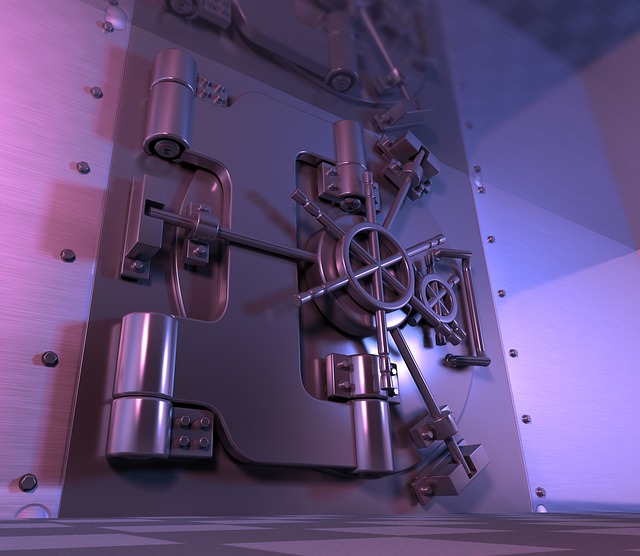Steel – Your Valuables Are Safe with It?
We have been accused before of being able to see a metallurgy story just about anywhere we look, but one showed itself last weekend! During the usual Saturday night movie, a heist was being planned – one that would need expertise and a lot of know how because the target was a safe. The problem was that the safe was made from the same steel as the Titanic and it would be impossible to break!
This started a thought process, would steel used in early 20th Century shipbuilding really have been suitable for building a safe? Safes and secure storage are thought of as being of extremely strong materials, would they have been the same as used on arguably the world’s most famous ship?
What’s interesting is that most vaults or big safe-rooms today have walls made of concrete. For a large bank vault, it’s usually the first thing to be designed and the rest of the building is designed around it. The security comes from reinforced concrete, that has steel rods running through it and a mix of abrasive materials mixed in so that it resists drilling – it’s actually the massive thickness of the concrete that provides the security. One of the more famous examples is a safe in Hiroshima, Japan that survived a nuclear blast with all its contents intact.
So what about the door? If you have a door that’s made from concrete several feet thick, it would be impossible to open!

You may remember mild steel as being the generic metal that is used in schools to teach pupils how to weld – but here it serves a specific purpose. Mild steel is used to prevent a direct force attack; while many steels resist certain types of action and are very strong, the mild steel performs better when being struck repeatedly and protects the lock mechanism beneath. Interestingly, if brute force is enough to start to damage the safe, many safes would have ‘relocker’ trips, which trigger the bolts to be permanently engaged. Any safe with the relocker on would then have to be forced open, which would take significant amounts of time.
Any vault mechanism needs to have a fail-safe mode, whereby the maker or professional locksmith can gain access should the key or combination get lost or fail. This is usually done by drilling a specific ‘weak point’ created to allow manipulation of the lock mechanism.
This specific panel is, again, usually mild steel and that’s how our heist hero in the film gained access to breaking the lock mechanism – and as he probably knew, the Titanic was indeed made from thousands of inch-thick mild steel plates. That, in itself, doesn’t make the safe unbreakable, so we can only assume he was trying to make it sound an awful lot tougher than it really was!
